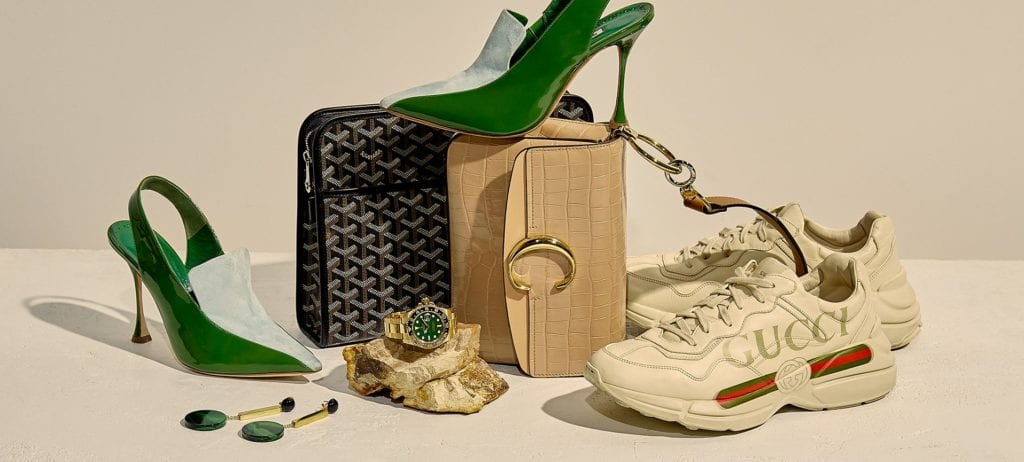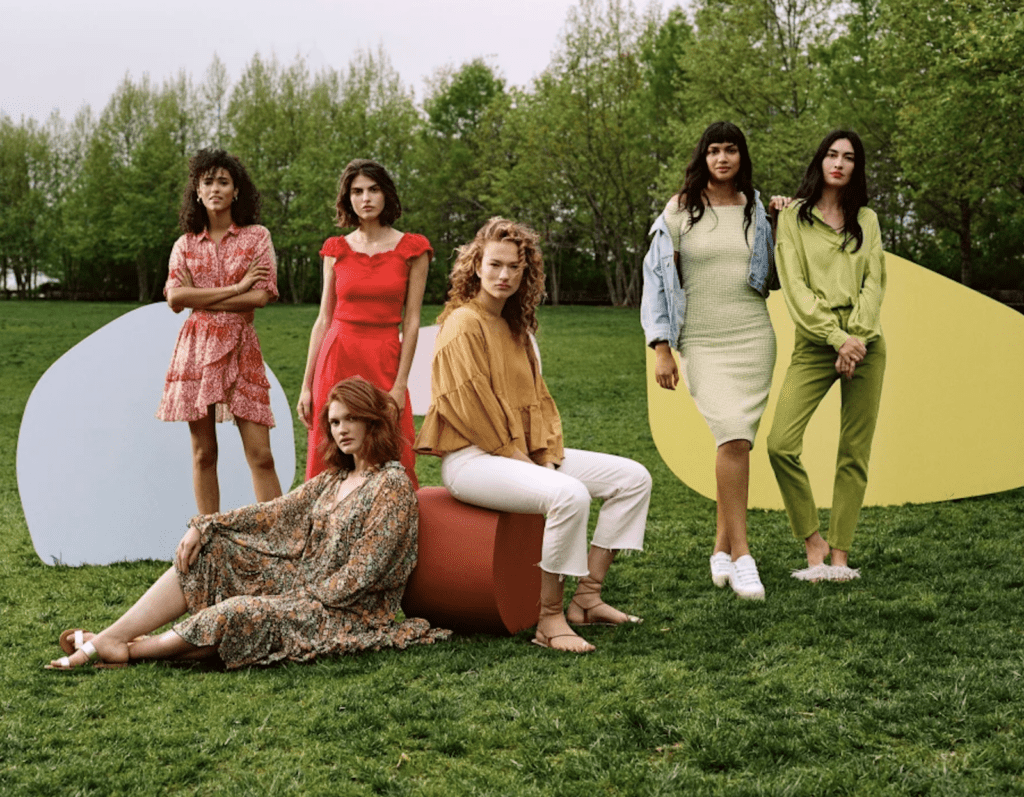The RealReal raised $300 million in its U.S. initial public offering on the Nasdaq on Friday. The San Francisco-based digitally-native luxury consignment company sold 15 million shares for $20, up from the $17 to $19 range cited earlier in the week, thereby, propelling the company to a $2.32 billion market capitalization. The IPO makes The RealReal the latest player in the multi-billion dollar apparel and accessories resale industry to prove a “magnet for investment” – with more than $1.1 billion in funding being “dropped into used-clothing operations over the past several years,” alone, according to Bloomberg.
“Internet-based apparel resellers like The RealReal, Thredup and Poshmark have emerged as trendy alternatives to the second-hand clothing market,” Bloomberg reported on Friday, and The RealReal, in particular – which was founded by founded in 2011 by Julie Wainwright, an early dot-com entrepreneur, who previously held the CEO role for video retailer Reel.com and pet-supply company Pets.com – has proven a bona fide destination for luxury consumers.
As of March 31, The 8-year old company – whose e-commerce site and slowly growing network of brick-and-mortar stores are smattered with pre-owned Céline tops, Rolex watches, Hermès bags, Chanel jewelry, and Manolo Blahnik mules, some of which are brand new; most of which are lightly worn – boasted 11.4 million members, and 1.6 million orders completed in 2018 with an average order value of $446.
One of the biggest challenges now for the quickly growing but not yet profitable company (“We experienced net losses of $52.3 million, $75.8 million and $23.2 million in 2017, 2018 and the three months ended March 31, 2019, respectively, and as of March 31, 2019 we had an accumulated deficit of $281.0 million”), according to its IPO filing and the Wall Street Journal, alike, centers on ensuring the authenticity of its offerings, all of which are derived from third-party consignors.
“Key to its success is battling a booming trade in counterfeit goods and getting shoppers to trust it enough to pay $4,700 for a used Chanel jacket or $7,500 for a Rolex watch,” the WSJ’s Suzanne Kapner wrote this week. However, “Like other sellers of secondhand merchandise, RealReal gets almost no help from brands in identifying genuine products from copycats,” making the authentication process “time-consuming and filled with educated guesswork.”
To date, brands have been slow to formally partner with or endorse platforms like The RealReal. While an executive from Kering, the parent company to Gucci, Saint Laurent, Balenciaga, and others, revealed last spring that it is “collaborating actively with [The RealReal],” others have taken a markedly different stance. Chanel, for instance, filed a trademark counterfeiting suit against the company in November 2018. That suit is still underway in a New York federal court.
Given how significantly high fashion brands quietly contribute to the grey market, as well as outlet stores, to offload unsold products and boost their immediate bottom lines, a partnership with the likes of The RealReal would make sense. Brands have become increasingly willing to engage in the business of liquidation, or the off-loading of excess merchandise at a discount. As luxury analyst Luca Solca told BoF this summer, “Brands tolerate” the sale of their goods into the resale market, and in reality, no small number of instances, actively participate in it. They do so “for the sake of making their short-term results better.”
In some cases, Solca says that such distribution – which sees brands and vendors selling otherwise unsold products off to companies (and thereby, pocketing money up-front), which turn around and sell them to consumers – accounts for between 5 and 10 percent of a brand’s annual revenue.
Such an arrangement would also bode well for The RealReal, and enable the company to insure itself against the need to rely exclusively on the whims of consigning parties and the chance that from time to time, the in-coming products could dip in terms of volume and/or quality.











